Samaaro + Your CRM: Zero Integration Fee for Annual Sign-Ups Until 30 June, 2025
- 00Days
- 00Hrs
- 00Min
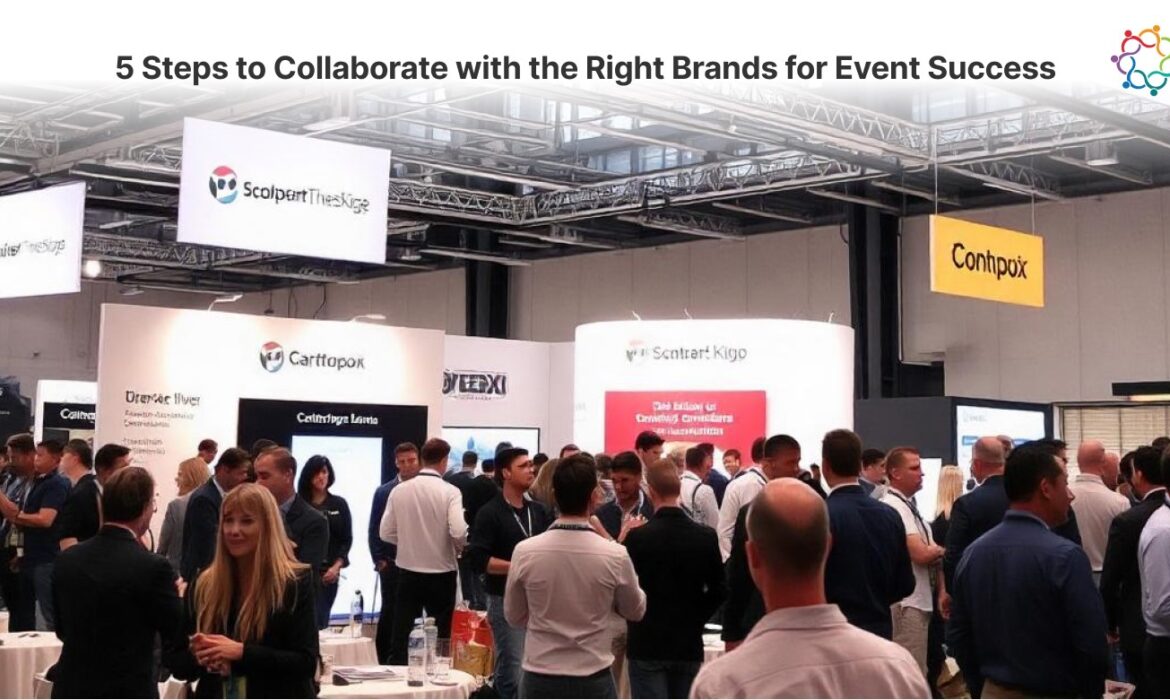
Strategic partnerships can significantly enhance the impact and success of your events. By collaborating with complementary brands, you can expand your reach, tap into new audiences, and create more engaging and memorable experiences. This blog post will guide you through the essential steps to identify and build successful partnerships for your events.
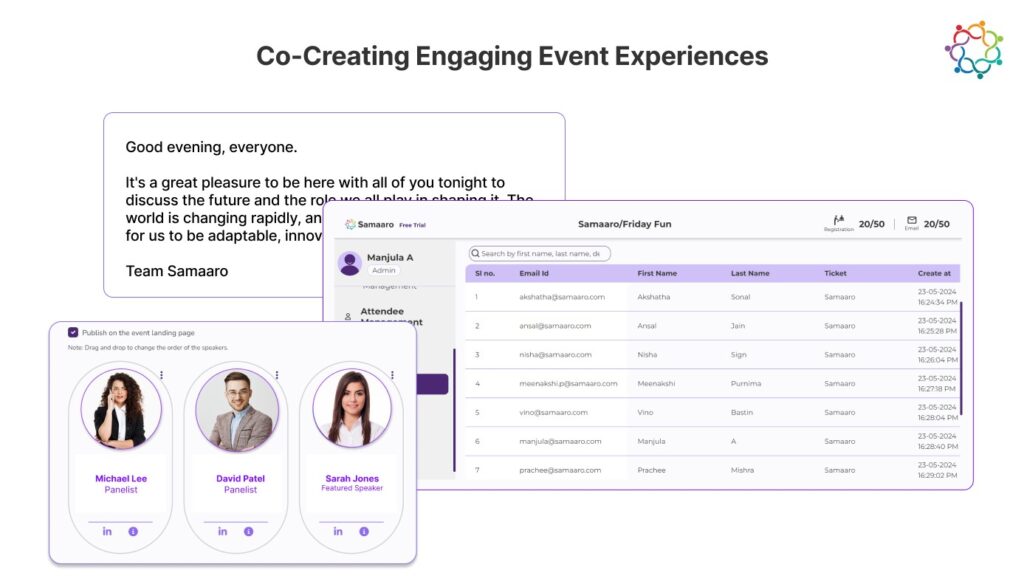
Identifying and selecting compatible brands will let you expand your reach, create more engaging experiences, and achieve your event goals. This section will guide you through the essential steps of identifying the right partners for your event.
To identify the right partners, start by clearly understanding your target audience’s demographics, interests, and needs. This will help you tailor your event to their preferences and attract the most relevant attendees. Next, define your event goals. Are you aiming to increase brand awareness, generate leads, build relationships, or something else? Your goals will guide your partner selection and collaboration strategies.
Identify brands that operate in the same or complementary industries as yours. This will increase the relevance and appeal of the partnership to your target audience. Look for brands that share similar values and mission statements, ensuring a harmonious and productive partnership. Additionally, consider brands that offer complementary products or services to create a more comprehensive and valuable experience for the attendees.
When evaluating potential partners, assess their past collaborations, customer feedback, industry recognition, and online reputation. Look for evidence of successful partnerships, positive reviews, awards, and a strong online presence. This information will help you identify partners that align with your brand and can deliver valuable collaborations.
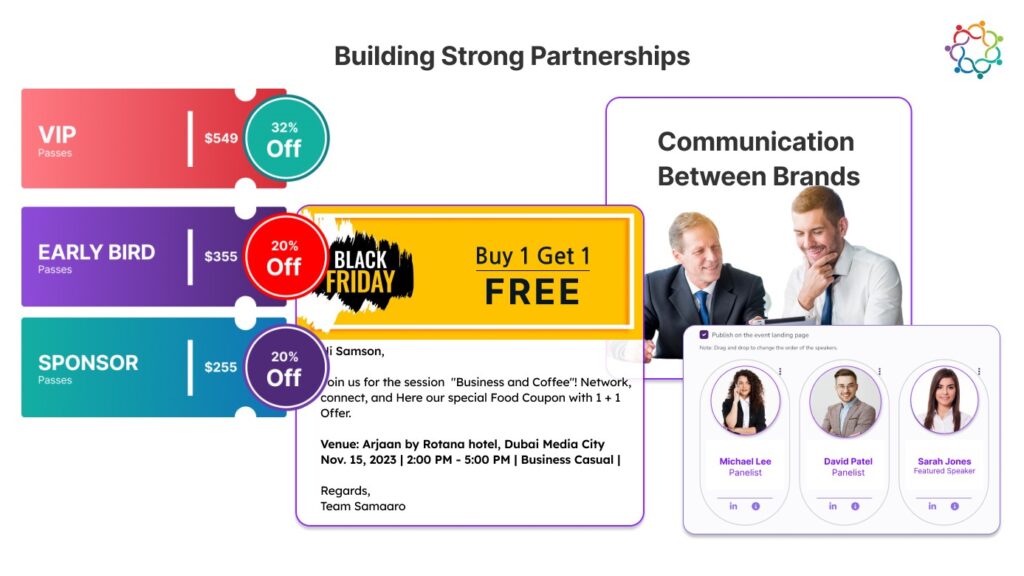
Building strong partnerships with complementary brands allows you to expand your reach, tap into new audiences, and create more engaging and memorable experiences. This section will explore key strategies for building effective partnerships and creating long-term relationships.
To build strong partnerships, it’s essential to establish open and honest communication channels, actively listen to your partners’ needs and concerns, and negotiate in a collaborative and mutually beneficial manner. By generating trust, understanding, and a shared commitment to achieving your goals, you can create lasting partnerships that drive success.
Leverage complementary strengths to create a more powerful impact. Develop a clear understanding of how the partnership will benefit both parties. Ensure that the collaboration aligns with each partner’s strategic objectives and provides value to your target audience.
Utilize the resources and expertise of your partners to enhance your event. For example, collaborate on marketing and promotion by creating joint campaigns and sharing resources. Additionally, invite guest speakers from your partner organizations to share their expertise and insights with attendees. Furthermore, offer exclusive discounts or promotions to attendees who register through your partner’s channels. Finally, cross-promote each other’s events on your respective platforms to reach a wider audience.
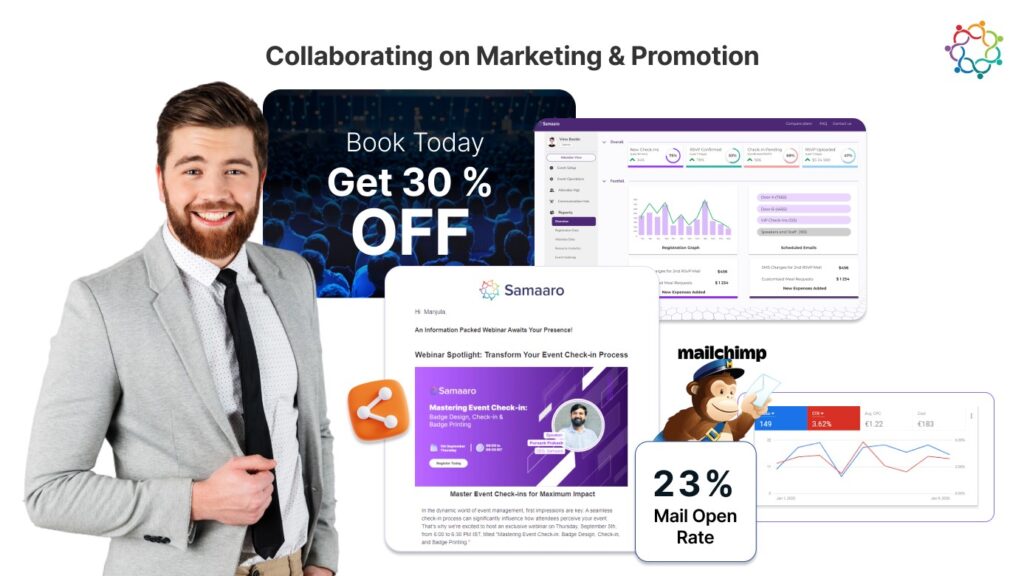
Effectively combining your marketing efforts and resources lets you create more powerful campaigns and reach a wider audience. This section will explore strategies for collaborating on marketing and promotion, including joint campaigns, cross-promotion, and resource sharing.
To maximize your reach and engagement, consider developing joint marketing campaigns with your partner brands. This could involve creating co-branded social media content, shared email marketing campaigns, cross-promotion on websites and newsletters, and joint press releases. By combining your efforts, you can reach a wider audience, generate more interest, and increase the overall impact of your event.
Encourage partners to actively promote the event on their social media platforms, such as Facebook, Twitter, LinkedIn, and Instagram and other channels, such as websites and newsletters. Use relevant hashtags, engage with your audience, and share compelling content to generate excitement and drive registrations.
Collaborating on content creation, sharing best practices, and providing valuable insights can enhance the overall value of your event for the attendees. This could involve sharing industry insights and expertise with the attendees through presentations or panel discussions and collaborating on thought leadership pieces to position yourselves as industry experts.
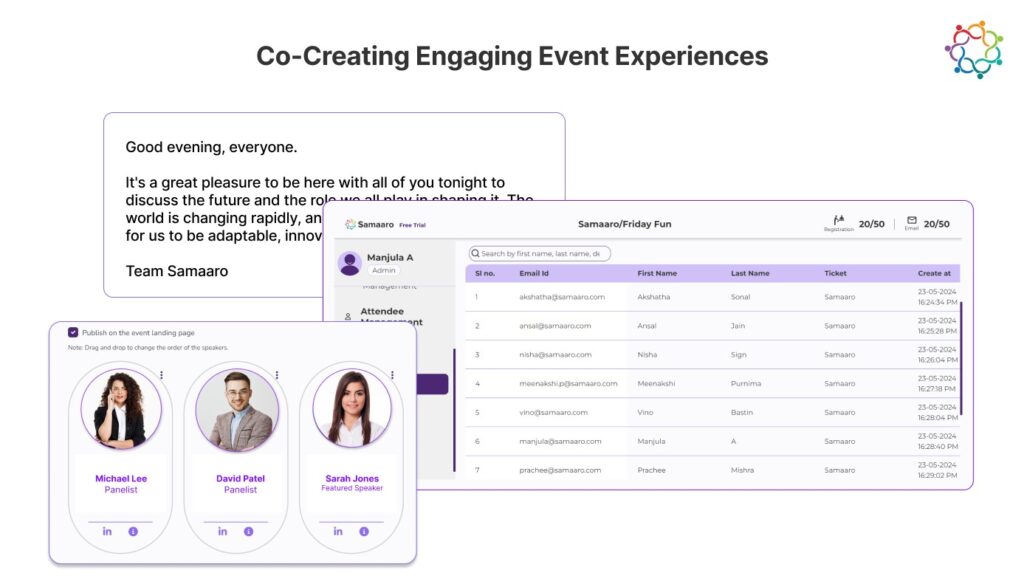
By working together with complementary brands, you can leverage each partner’s unique strengths, resources, and expertise to develop innovative and memorable events. This section will explore strategies for co-creating engaging event experiences that resonate with your target audience and drive positive outcomes.
To create engaging content and activities that resonate with both your brand and your partner’s audience, identify shared interests and topics, collaborate on workshops or panel discussions, and organize networking opportunities. By working together, you can develop a diverse and engaging program that offers value to attendees from both brands.
When selecting speakers, look for individuals with expertise in areas that are relevant to both brands and your target audience. Develop a balanced program that includes a mix of keynote speeches, panel discussions, workshops, and networking opportunities. Ensure that the speakers you choose align with the overall theme and objectives of your event.
To create a truly exceptional event experience, focus on developing a distinctive theme or concept that reflects the partnership and sets your event apart from competitors. Incorporate interactive elements, such as workshops, demos, or games, to engage attendees and make the event more memorable. Allow attendees to personalize their experience by offering choices or customization options, such as selecting specific sessions or workshops. Finally, create a strong visual identity for your event that reflects the partnership and creates a lasting impression.
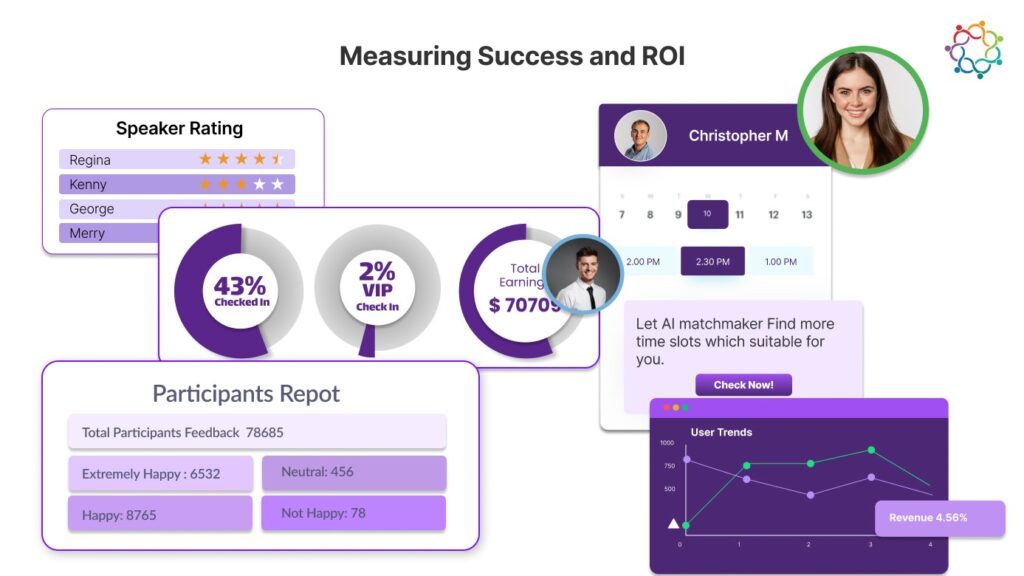
To effectively evaluate the impact of your brand collaborations and ensure they align with your overall business goals, it’s essential to track and analyze key performance indicators (KPIs). By measuring success and return on investment (ROI), you can gain valuable insights into the effectiveness of your partnerships and make data-driven decisions for future collaborations.
Monitor key metrics such as event attendance, lead generation, customer satisfaction, social media engagement, and website traffic to gain a comprehensive understanding of your partnership’s effectiveness. By tracking these metrics, you can identify trends, measure the impact of your partnership on key business objectives, and make data-driven decisions for future collaborations.
Compare event performance with and without partnerships to assess the impact of collaboration on key metrics. Follow this by evaluating brand exposure by measuring the increase in brand awareness and recognition. Then, analyze customer feedback to understand how the partnership enhanced the attendee experience. Finally, calculate ROI by considering factors such as increased revenue, cost savings, and brand exposure.
To calculate ROI, divide the net profit from the partnership by the total cost of the partnership. Consider factors such as increased revenue, cost savings, brand exposure, and customer acquisition costs when calculating the net profit.
Conclusion
By following these steps and building strong partnerships with complementary brands, you can significantly enhance the impact and success of your events. Strategic collaborations can help you reach new audiences, create more engaging experiences, and drive business growth. Remember to focus on building mutually beneficial relationships, effective communication, and collaboration on all aspects of your event planning.
Book a demo or start your free trial of Samaaro’s platform today to see how we can help you elevate your event strategy!

Built for modern marketing teams, Samaaro’s AI-powered event-tech platform helps you run events more efficiently, reduce manual work, engage attendees, capture qualified leads and gain real-time visibility into your events’ performance.
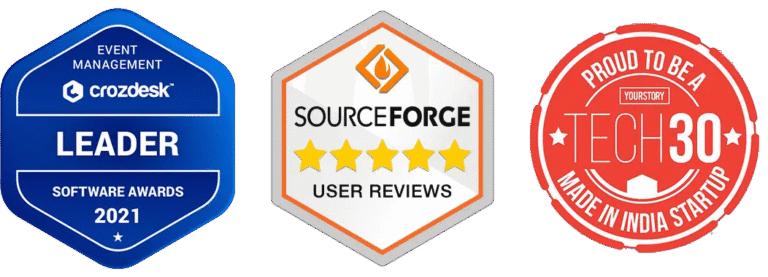

© 2025 — Samaaro. All Rights Reserved.